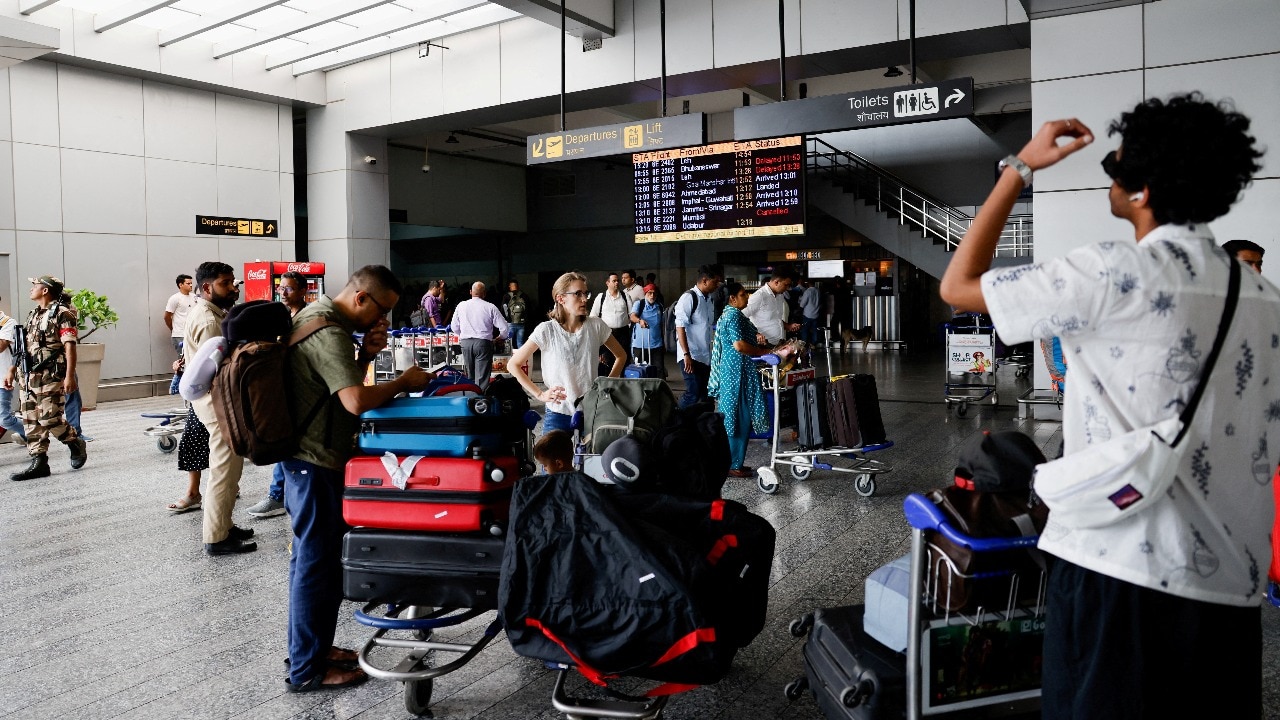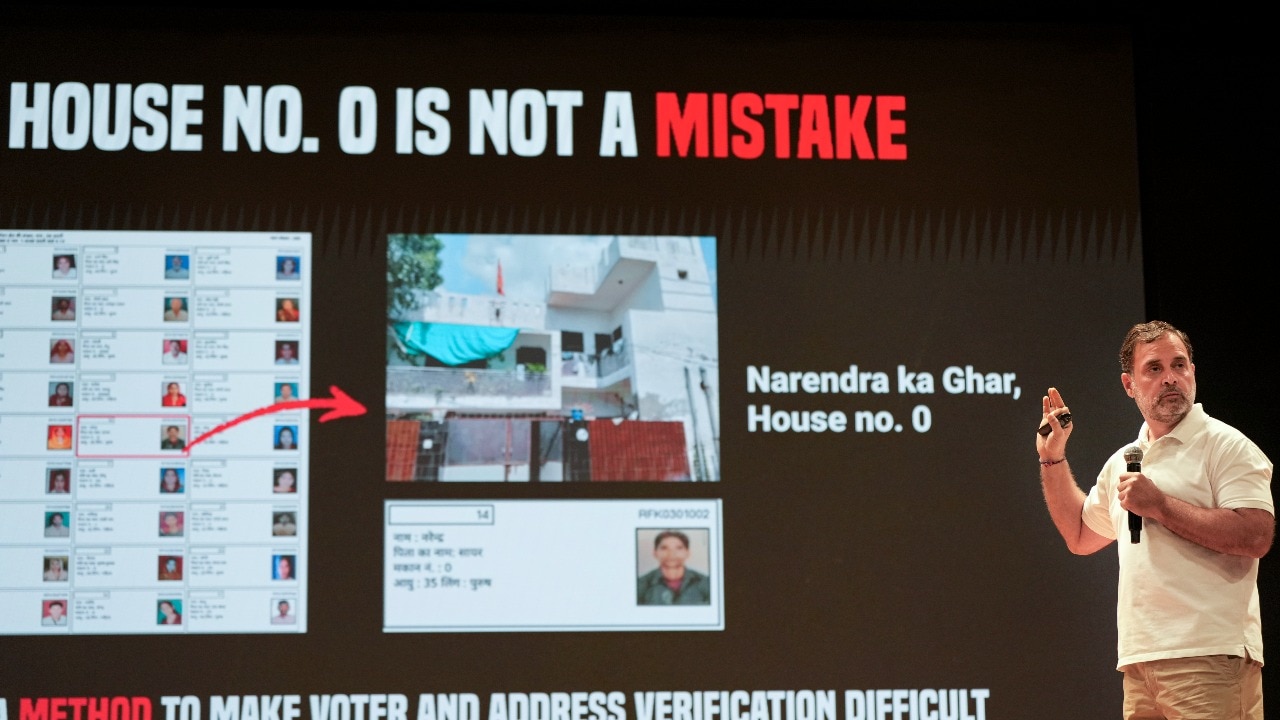A major systems crash at Delhi’s Indira Gandhi International Airport (IGIA) that delayed hundreds of flights this week has once again drawn attention to long-standing warnings about India’s ageing air traffic control technology.
Months before Thursday’s breakdown, the Air Traffic Controllers’ Guild (India) had cautioned authorities that the country’s automation systems were showing “performance degradation,” including frequent slowness and data processing lags at major airports like Delhi and Mumbai.
The Guild, in a communication sent to the government and aviation authorities in July 2025, had urged that air navigation systems be periodically reviewed and upgraded to global standards. It specifically pointed to the lack of predictive tools, artificial intelligence-based conflict detection, and real-time data sharing that are standard in countries such as the US and across Europe.
“India’s systems must align with global benchmarks such as Eurocontrol and the FAA, which emphasise predictive tools, AI-enabled conflict detection, and real-time data sharing,” the Guild had written, warning that delays in upgrades could compromise both efficiency and safety margins.
SYSTEM AT HEART OF PROBLEM
The crash this week occurred in the Automatic Message Switching System (AMSS), the digital backbone of air traffic management in India. The AMSS automatically routes flight plans, weather data, and coordination messages between pilots, radar stations, and air traffic control towers.
When the system failed early on Friday morning, controllers were forced to prepare and share flight plans manually — using phones and handwritten clearances — a process that significantly slows operations and increases the risk of human error.
According to the Airports Authority of India (AAI), which manages the system, the issue began on Thursday evening and worsened by 5.45 am on Friday. For more than 15 hours, over 800 flights were delayed and nearly 100 were cancelled, as controllers tried to keep operations running manually. The AAI later said that the problem had been “addressed” by Friday night after engineers from Electronics Corporation of India Ltd (ECIL) were called in to assist.
By Saturday, Delhi International Airport Ltd (DIAL) confirmed that all flight operations were normal, though airlines continued to adjust schedules to clear the backlog.
WARNINGS IGNORED?
The recent disruption closely mirrors the concerns flagged by both the ATC Guild and a Parliamentary Standing Committee on Transport, Tourism and Culture, which in July had described the country’s ATC systems as “showing significant performance degradation.”
The committee report said that while India’s air traffic and airspace complexity have grown exponentially, “the pace of technological upgradation has not kept pace.” It warned that outdated systems not only slow operations but also place “enormous additional cognitive strain” on air traffic controllers, forcing them to manually perform tasks that modern systems automate elsewhere in the world.
The committee had made several key recommendations, including a time-bound modernisation plan for ATC automation, a technical audit of existing systems, and the adoption of AI-driven conflict resolution tools.
“When both the human and the machine elements of a safety-critical system are under strain, the system’s overall resilience plummets,” the committee cautioned, noting that modernising ATC automation is “a critical and urgent necessity.”
OTHER FACTORS UNDER WATCH
The Directorate General of Civil Aviation (DGCA) and the Ministry of Civil Aviation (MoCA) have sought a detailed report from AAI and its Air Navigation Services wing. Early assessments point to a combination of software and power-related issues.
Civil Aviation Minister Ram Mohan Naidu Kinjarapu on Saturday reviewed operations at the Delhi airport following the technical glitch.
“Over the past two days, teams from AAI, ANS, and ECIL worked tirelessly to identify and resolve the issue while ensuring passenger safety through manual coordination. As systems are fully restored now, I have further directed officials to conduct a detailed root-cause analysis and enhance system redundancy to make our ATC network more resilient for the future,” he said.
– Ends
Tune In










